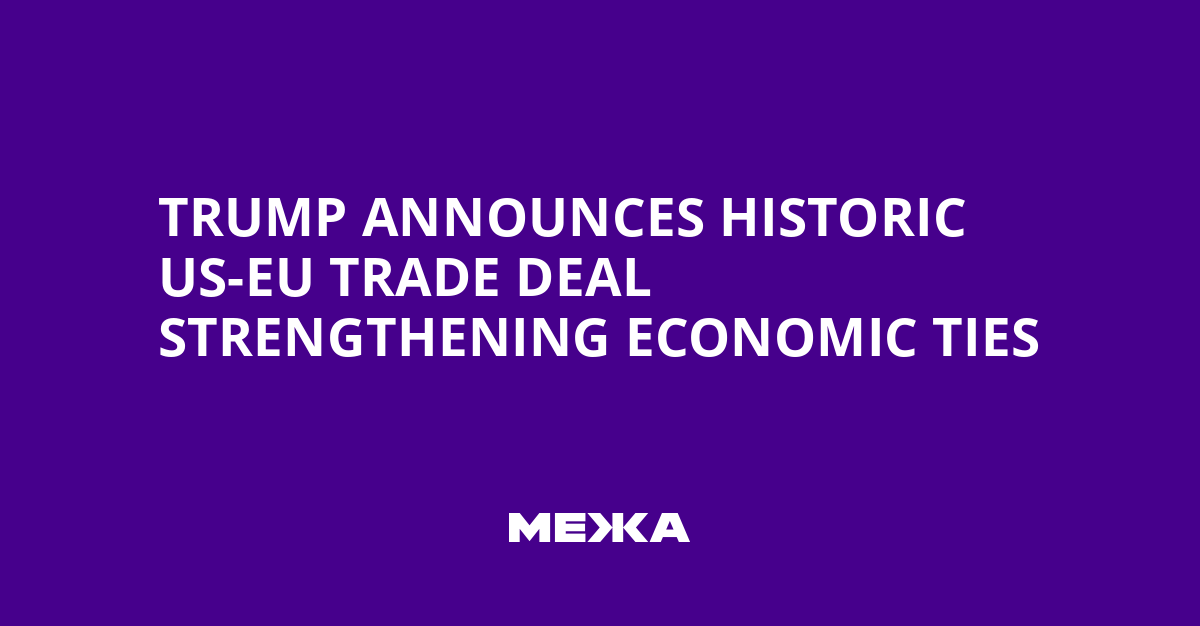U.S. President Donald Trump announced the conclusion of a new trade agreement with the European Union, which, according to White House officials, significantly strengthens economic ties between the two largest economies in the world. This was reported on July 31 during a briefing by spokesperson Caroline Levitt.
This agreement provides for a substantial expansion of opportunities for American manufacturers in the EU market, as well as an increase in the volume of U.S. goods exports. Levitt noted that the agreement fulfills two main promises of President Trump – supporting domestic production and opening new markets for American businesses.
Additionally, the European Union has committed to purchasing American energy resources worth $750 billion. According to Levitt, this will reduce the EU’s dependence on “hostile sources” of energy and decrease the U.S. trade deficit with Europe.
As part of the agreement, Brussels also announced plans to invest an additional $600 billion in the U.S., complementing over $100 billion that European companies already invest annually in the American economy.
The White House described this agreement as “historic” and one that “puts America first.”
Tariffs between the U.S. and the EU: What You Need to Know
On April 2, 2025, Trump announced the introduction of tariffs on products from 185 countries and territories, setting a minimum import duty rate of 10%. For goods from the European Union, the tariff will be 20%. However, over time, tariffs have increased on both sides.
The EU and the U.S. remain the largest economic partners in the world, with their trade relations covering goods, services, and mutual investments totaling more than $9.5 trillion. Therefore, any escalation in this area could have serious consequences for the global economy.
Tensions rose after the Trump administration imposed tariffs on over 70% of European exports, including 50% on steel and aluminum, 25% on cars and parts, and 10% on most other goods.
Starting August 1, 2025, tariffs are planned to increase to 30%. Brussels warns that this could effectively paralyze transatlantic trade.
Moreover, the U.S. is considering imposing additional tariffs on copper and pharmaceutical products. In response, the EU has prepared a package of countermeasures that could take effect as early as August 7 if negotiations fail.
On July 27, after a meeting with European Commission President Ursula von der Leyen in Scotland, Trump announced the conclusion of a framework trade agreement with the EU. He stated that the U.S. would impose tariffs on European imports no lower than 15%, while the EU would purchase $750 billion worth of American energy resources and invest $600 billion in the U.S. economy.
